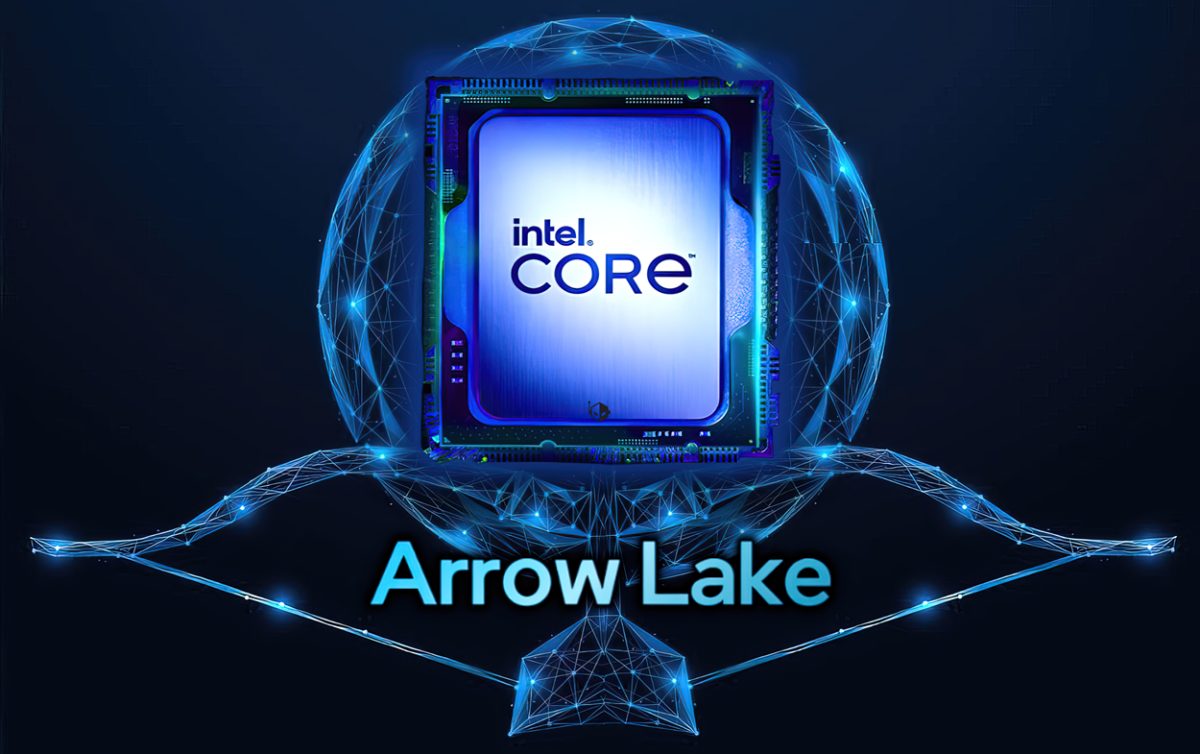Intel is a company that excels when it comes to the computer chip industry. Their chips have been undoubtedly the best for the past 20 years, but recently, it been facing some challenges. Intel was the creator of the first widely used computer chip, the Intel 4004. Intel was widely regarded as the top chipmaker during the late 1990s and early 2000s, especially with the release of its Pentium series and later the Core series in 2006. The Intel Core processors, particularly the Core i5 and i7 lines, dominated the market in terms of single-threaded performance and general computing tasks for years.
However, starting in 2017, AMD began gaining ground with its Ryzen processors, offering better multi-core performance, which was becoming more and more important, and more competitive pricing. Intel still maintained its edge in gaming and single-threaded applications for a time, but AMD’s Ryzen 3000 and 5000 series (2019–2020) closed that gap significantly. In 2021, Intel’s Alder Lake (12th-gen Core processors) reclaimed some of its lead, offering significant improvements in both single-thread and multi-thread performance. Alder Lake introduced new a hybrid architecture with performance cores (P-cores) and efficiency cores (E-cores), which marked a major leap for Intel. From 2022 to 2024, Intel released the 13th gen and 14th gen processors, but later, consumers have reported instability in their CPUs, causing blue screens and crashes, primarily from the K variants of their higher end CPUs. Intel later stated in a press release that increased voltages (voltages) are causing stability problems the 13 and 14 gen CPUs. Intel stock is now down 60 percent YTD. Now with the new leap with AI technology with NPUs, like the AMD Ryzen™ AI 9 HX 375, Intel is a hard time catching up.
Not all is lost for Intel though, as Intel’s newly released Arrow Lake CPUs, which some people call “A Wake Up Call For AMD”, as AMD had just released their most disappointing new CPU in ages. Their new Foveros Die Interconnect has improved their Bandwidth and Latency leaps ahead than AMD. Still, is this enough to beat AMD?

AMD gaining significant market share could be a big change in the chip industry, and here’s why some might see AMD’s dominance as a bad thing for consumers.
1. Reduced Competition:
Potential for Monopolistic Behavior: If AMD gains too much market control, it could lead to reduced competition, which is generally bad for consumers. When a single company dominates the market, they may have less incentive to innovate or maintain competitive pricing.
2. Lack of Choices:
If AMD becomes the dominant CPU, consumers and businesses might have fewer alternatives, especially in specific niches where performance characteristics change between brands.
3. Pricing Concerns:
Price Increases: If AMD corners the market, they may have the ability to raise prices, knowing that consumers have fewer options.
4. Innovation Slows Down:
Dominant companies sometimes lose their competitive edge after being in the lead for so long. If AMD gains too much, their motivation to push their CPUs might diminish.
Ultimately, while AMD’s success is good in terms of competition against Intel, too much market control might make new challenges for us consumers. Healthy competition usually makes innovation happen benefits consumers.
Related Stories:
https://www.pcgamesn.com/intel/arrow-lake-guide
https://www.tomshardware.com/features/amd-vs-intel-cpus
Take Action:
https://www.change.org/p/intel-free-firmware-for-the-intel-centrino-series?source_location=tag_
https://www.change.org/p/intel-corporation-stop-your-executives-from-spreading-homophobia-in-africa




